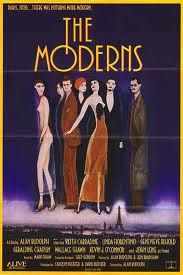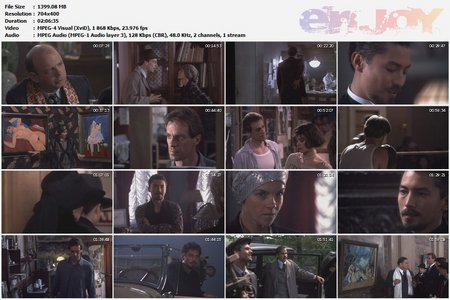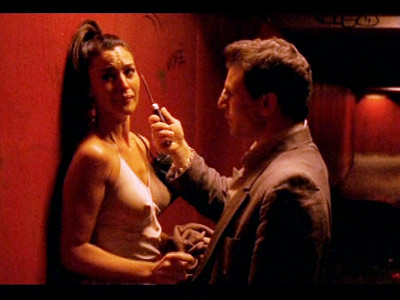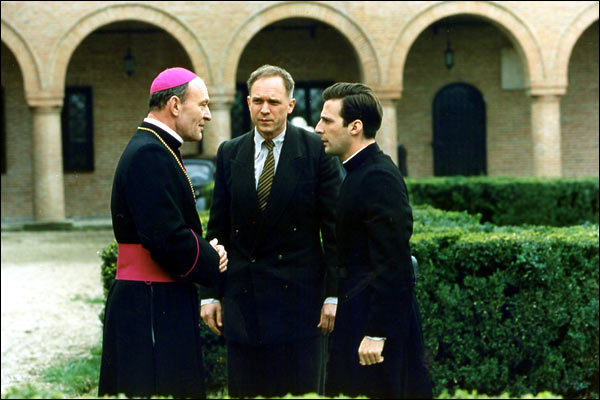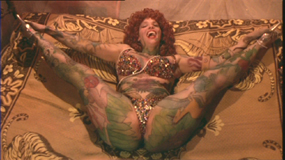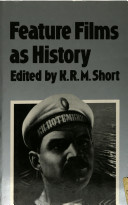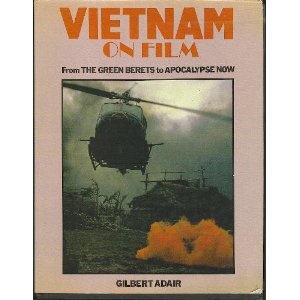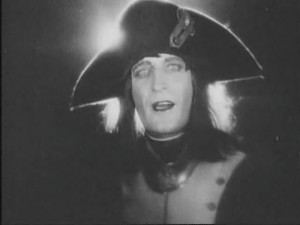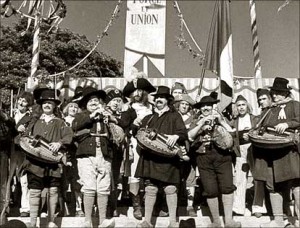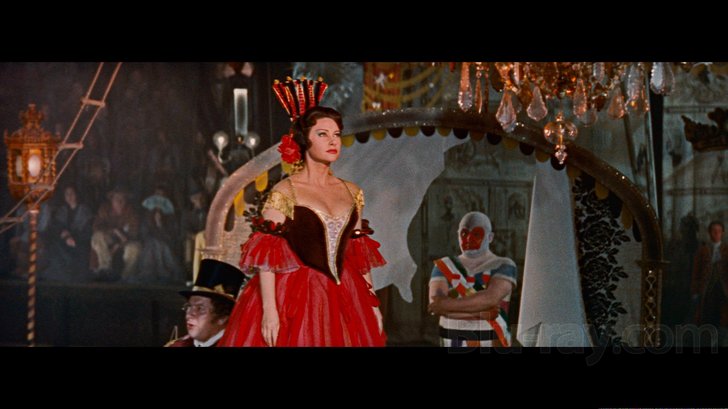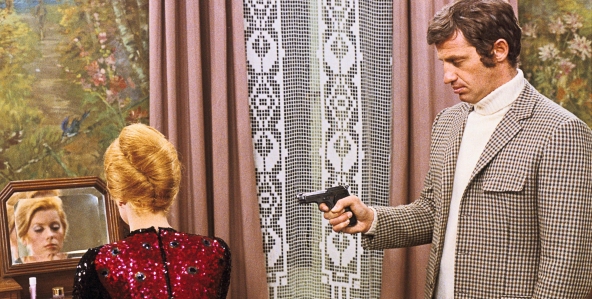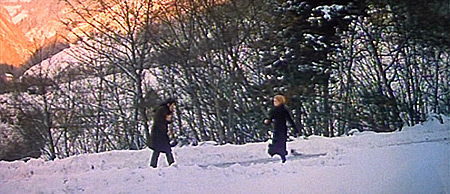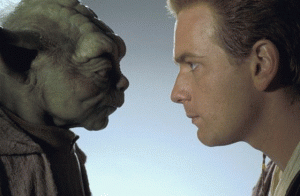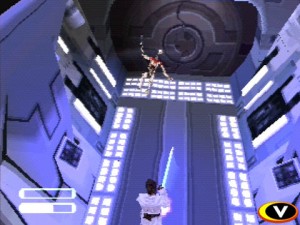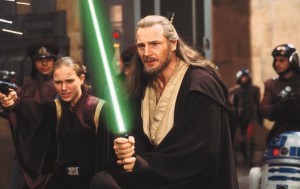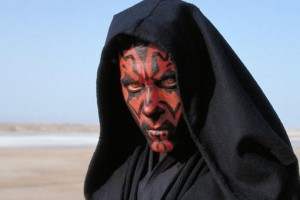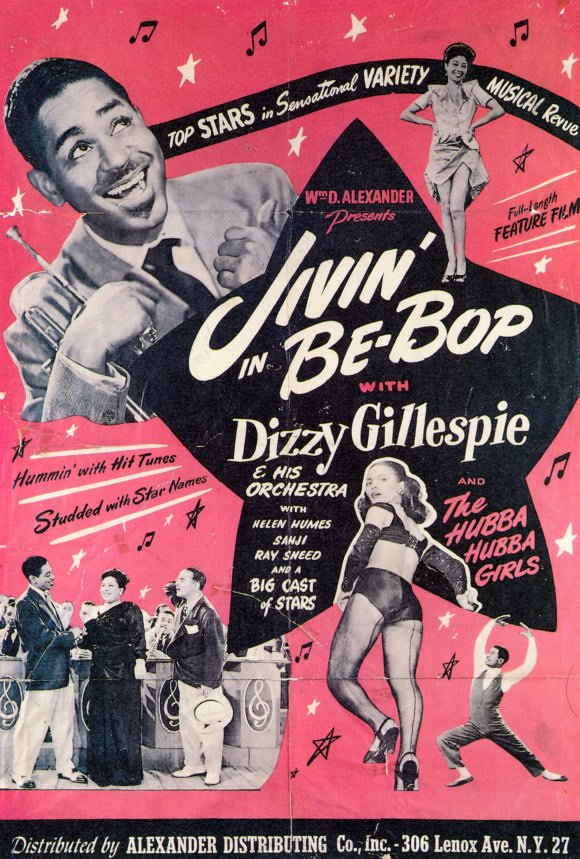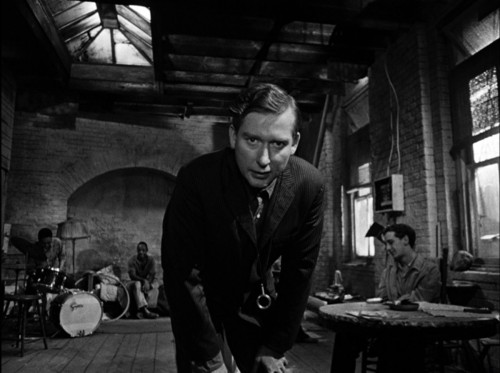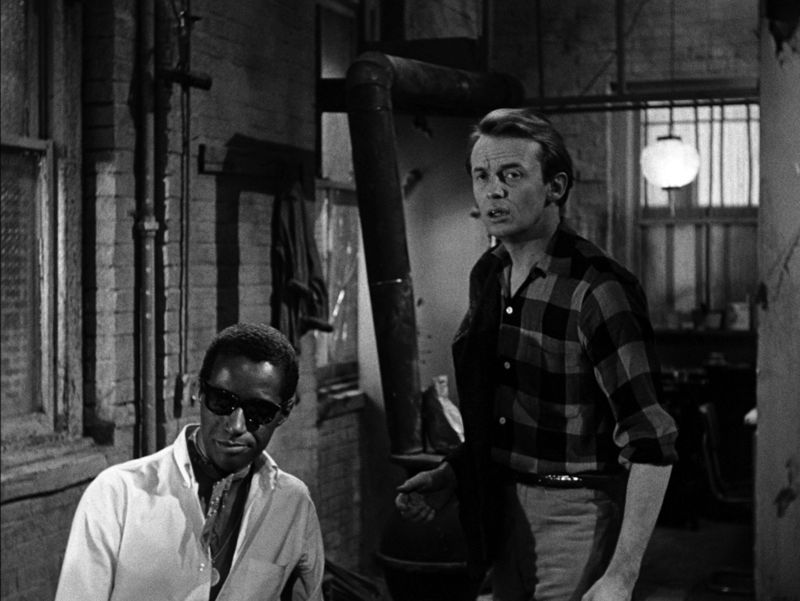From the Chicago Reader (May 13, 1988). — J.R.
THE MODERNS
*** (A must-see)
Directed by Alan Rudolph
Written by Rudolph and Jon Bradshaw
With Keith Carradine, Linda Fiorentino, Geneviève Bujold, Geraldine Chaplin, Wallace Shawn, Kevin J. O’Connor, and John Lone.
For its first hour, at least, The Moderns gives us an Alan Rudolph very nearly back at the top of his form, on a level that approaches that of his two masterpieces, Remember My Name and Choose Me. The effort isn’t sustained — and the movie encounters a number of booby traps, emerging more than a little battle scarred — but it still qualifies as far and away the most ambitious Rudolph movie to date. Painters and art critics who were offended by the treatment of art forgery in Orson Welles’s F for Fake will probably be even more outraged by Rudolph’s tracing of related ironies, set in what purports to be the Paris of 1926. But those who are will be missing something enjoyable.
Fundamentally a gifted stylist with only a couple of effective stories to tell — usually “romantic” yarns that progressively unravel their own artificiality, inviting the viewer to reassemble them — Rudolph has had an unusually scattered and elusive career. Read more

